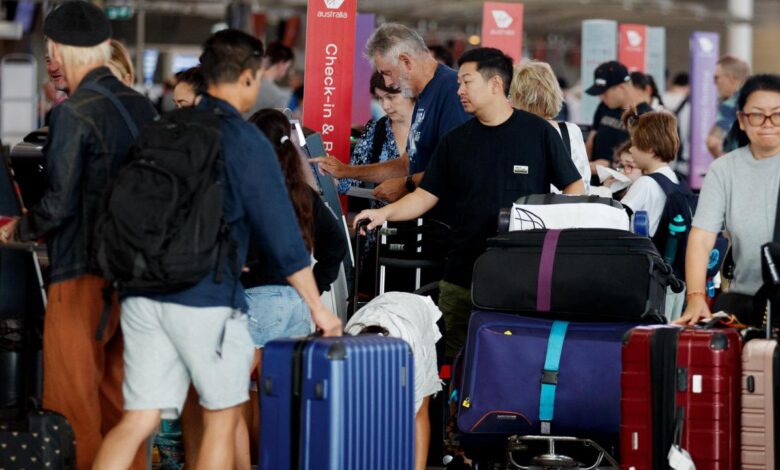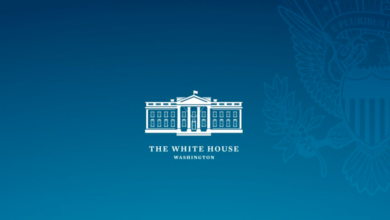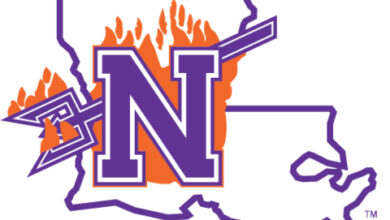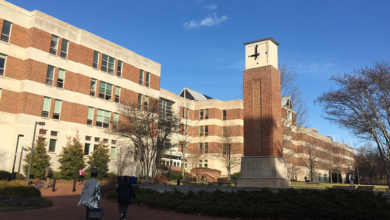Big threat posed to Australia

We’re getting closer to knowing exactly how a new technological development will affect Australia, and it’s not looking good.
Sky News Business Editor Ross Greenwood says artificial intelligence will “trigger a boom” for industries across the world. “That includes small and medium-sized businesses,” Mr Greenwood said. “The question is how quickly those business owners will understand and adopt the new technology and how they adapt that for their own industries and their individual businesses.”
Hundreds of years ago, during the Industrial Revolution, workers revolted against the mechanisation of their jobs.
Known as Luddites, these workers had watched for decades as their industries were turned from labour-heavy output to labour-lite.
The problem for workers was that new technologies, such as cotton mills, were much more efficient than hand labour.
The machines largely replaced labour rather than being complementary to it.
This offers an important distinction regarding the unfolding Artificial Intelligence (AI) boom and its impact on jobs.
The office worker as weaver
Unlike the experience of the 19th century industrial revolution, the areas most at risk of automation in the AI revolution are in service sectors.
These are the economic activities most often undertaken by Australians and comprise 80 per cent of the economy.
This is typical of the postmodern developed economies and has led to estimates of AI job casualties as high as 300 million worldwide.
Australia will face tougher challenges than other developed countries because of AI. Picture: Fabrice COFFRINI/AFP
Roughly nine per cent of all jobs on the planet.
The experience of the 18th and 19th century industrial revolutions is that it’s probably exaggerated, at least in terms of speed.
However, there are reasons to think the impact will be material and unstoppable.
Nothing to break
19th-century Luddites had an obvious target for their anger. In protest, they attacked the actual machines that displaced their jobs.
But what can a worker do if his entire production chain becomes a module bolted to an AI spine somewhere in Silicon Valley?
Workers will need to protest to their government directly to win supportive policies.
They might include universal basic income, robot taxes, or retraining subsidies.
What they will not be, because they will not work, are tariffs to prevent automation. AI is in the cloud and businesses will shift jobs to an AI-enabled jurisdiction.
Australia and AI
AI shapes as a tougher challenge for Australia than other developed economies.
This is because the structure of our economic growth is different to most.
Typically, developed market economies grow by attracting business investment.
Australia grows by expanding its labour market via immigration then chasing falling living standards with public investment.
Australia’s reliance on immigration will be affected by AI. Picture: NCA NewsWire/Nikki Short
Clearly, if AI develops into a material threat to jobs then this model is threatened as foreign workers are increasingly shut-out via political backlash.
A microcosm of this dybmaic is playing now as the post-Covid economy is coming under pressure from interest rate rises and immigration is being curbed.
The prospect of weak labour markets colliding with AI job losses holds out the prospect of the model becoming entirely untenable.
Australians won’t be able to break the machines but they may break Canberra.
David Llewellyn-Smith is Chief Strategist at the MB Fund and MB Super. David is the founding publisher and editor of MacroBusiness and was the founding publisher and global economy editor of The Diplomat, the Asia Pacific’s leading geopolitics and economics portal. He is the co-author of The Great Crash of 2008 with Ross Garnaut and was the editor of the second Garnaut Climate Change Review.



